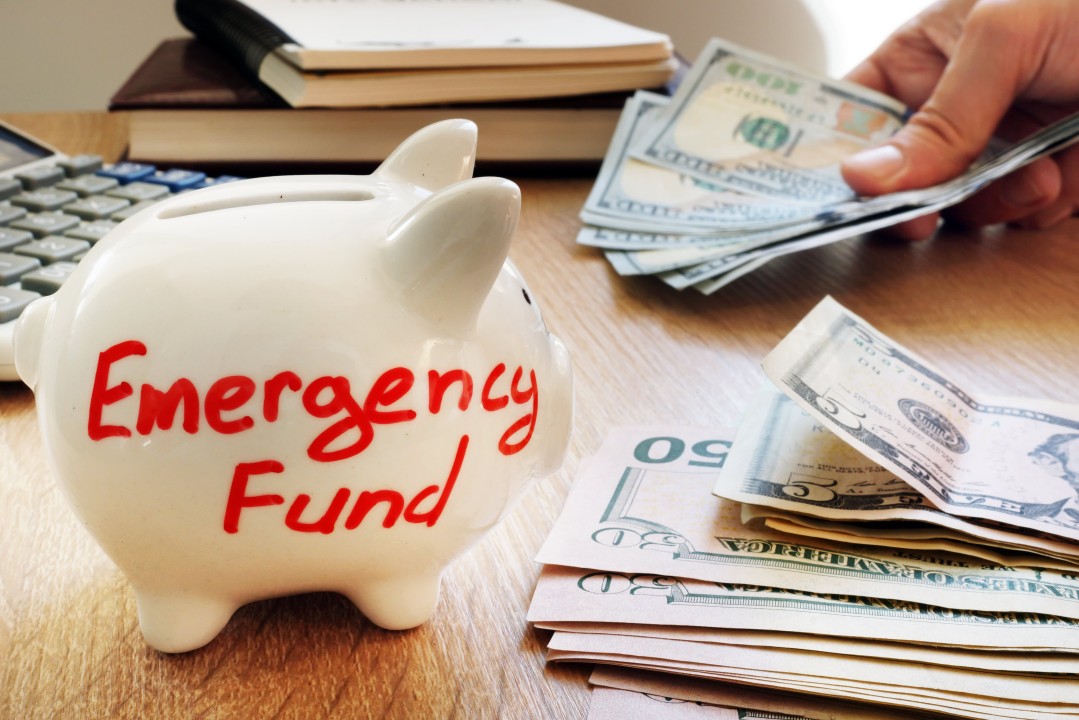
Building an emergency fund is a crucial step toward financial security and independence. Life is unpredictable, and having a financial safety net can help you navigate unexpected expenses without derailing your financial goals. Whether it’s a medical emergency, car repair, or sudden job loss, an emergency fund ensures you’re prepared for whatever comes your way.
Why an Emergency Fund Matters
An emergency fund is your financial buffer against life's uncertainties. Without it, unexpected expenses can force you to rely on high-interest credit cards or loans, pushing you into debt. An emergency fund provides peace of mind and financial stability, allowing you to handle emergencies without compromising your long-term financial plans.
Steps to Building an Emergency Fund
- Determine Your Savings Goal The first step is to calculate how much you need in your emergency fund. A general rule of thumb is to save three to six months' worth of living expenses. This amount varies based on your lifestyle, monthly expenses, and job stability. Use the EZyCalculators Budget Planner to determine your monthly expenses and set a realistic savings goal.
- For example, if your monthly expenses are ₹50,000, aim to save between ₹1,50,000 and ₹3,00,000 as your emergency fund.
- Open a Separate Savings Account Keep your emergency fund separate from your regular checking or savings accounts. This helps reduce the temptation to dip into these funds for non-emergencies. Look for a high-yield savings account to earn interest on your savings.
- Automate Your Savings Set up automatic transfers from your checking account to your emergency fund. This ensures consistent contributions and makes saving easier. Even small, regular deposits can add up over time.
- Start Small and Build Gradually If saving several months' worth of expenses feels overwhelming, start with a smaller goal. Aim to save ₹25,000 to ₹50,000 initially, then gradually increase your target. Celebrate milestones along the way to stay motivated.
- Cut Unnecessary Expenses Review your budget and identify areas where you can cut back. Redirect the money saved from cutting discretionary expenses—like dining out or subscription services—into your emergency fund. Use tools like the EZyCalculators SIP Calculator and Lumpsum Calculator to plan and optimize your savings.
- Boost Your Income Consider taking on a side job or freelance work to increase your income. Use the extra earnings to accelerate your emergency fund growth. Every little bit helps and brings you closer to your goal.
- Use Windfalls Wisely Allocate bonuses, tax refunds, or any unexpected windfalls directly to your emergency fund. These one-time influxes of cash can significantly boost your savings.
Maintaining Your Emergency Fund
Building your emergency fund is only half the battle; maintaining it is equally important. Here are a few tips to ensure your fund stays intact:
- Replenish After Use: If you need to dip into your emergency fund, prioritize replenishing it as soon as possible.
- Regularly Review Your Goal: Life circumstances change, so regularly review and adjust your emergency fund goal. Major life events like marriage, having children, or buying a home may require a larger fund.
- Avoid Using It for Non-Emergencies: Discipline is key. Resist the urge to use your emergency fund for non-essential expenses.
Utilize EZyCalculators Tools
EZyCalculators offers a variety of tools to help you manage and grow your savings:
These calculators can assist you in making informed decisions and optimizing your savings strategies.
Conclusion
Building an emergency fund is a vital step toward financial stability and peace of mind. By setting clear goals, automating your savings, and using tools like those offered by EZyCalculators, you can create a robust financial safety net. Start today and secure your financial future against life's unexpected events.



